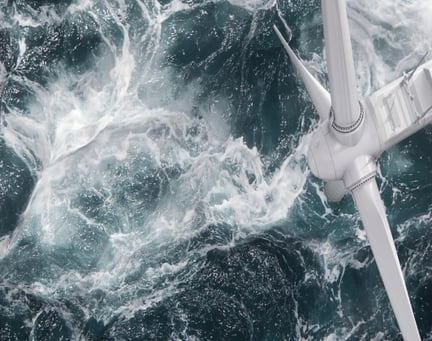Client challenge
The Statoil and Hydro merger brought together talented experts from offshore oil and gas technology and renewable energy in Norway. Combining existing technologies with a desire to develop new energy sources, Statoil took the lead in developing Hywind (from ‘high wind’), the world’s first full-scale floating wind turbine. The aim was to take wind energy further than traditional onshore installations in the US and continental Europe. Hywind would be tested 10km off the western coast of Norway. The idea of generating offshore wind power presented lots of new challenges, particularly around risk management. We were asked to support here, from the beginning of the project through to the operational phases. The key challenge was to adopt best practice from offshore oil and gas operation to serve a new type of installation at sea.
How we helped
We have provided risk management services to Statoil’s ambitious projects for many years.
We developed a tailor-made wind management system to safeguard people, the environment and assets during Hywind’s offshore wind operations.
Our input started before going into production, with Hywind’s substructure being towed from Finland to Stavanger, Norway. Here, the asset was assembled, applying a 2.3 MW turbine. Being a research installation, Hywind was subjected to frequent testing thoroughly investigating the technical aspects. We also assessed the installed structure against our client’s best practice and HSE requirements.
Insight
Several critical factors emerged throughout this project, including solving how best to get personnel safely onto the turbine from a transfer vessel (turbine boatloading). Essential to this solution was enabling good communication between turbine personnel and the vessel crew during personnel transfer. Although operational restrictions had been established advising caution in rough sea conditions, we tested and modified various operational aspects, such as the vessel-to-turbine access system.
Emergency response arrangements also demanded careful consideration. This was a challenge not only for Statoil, but also the public rescue helicopter service for whom rescuing personnel from a turbine at sea was unfamiliar territory.
Powerful results
Demonstrating Hywind in action proved successful and led to the Hywind Pilot Park project, Scotland. The project has helped to commercialise offshore wind power through large-scale floating farms, providing many valuable lessons.



